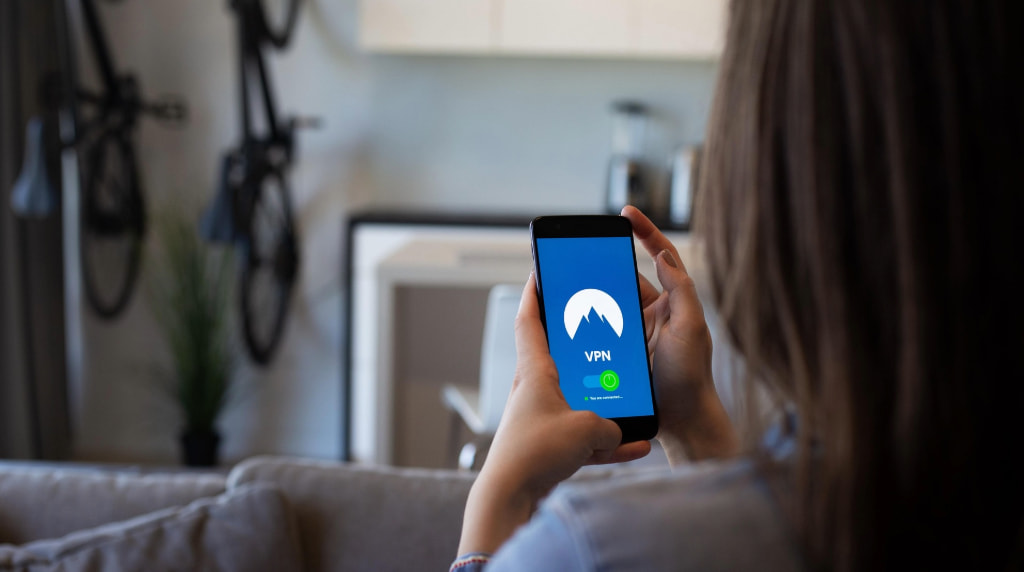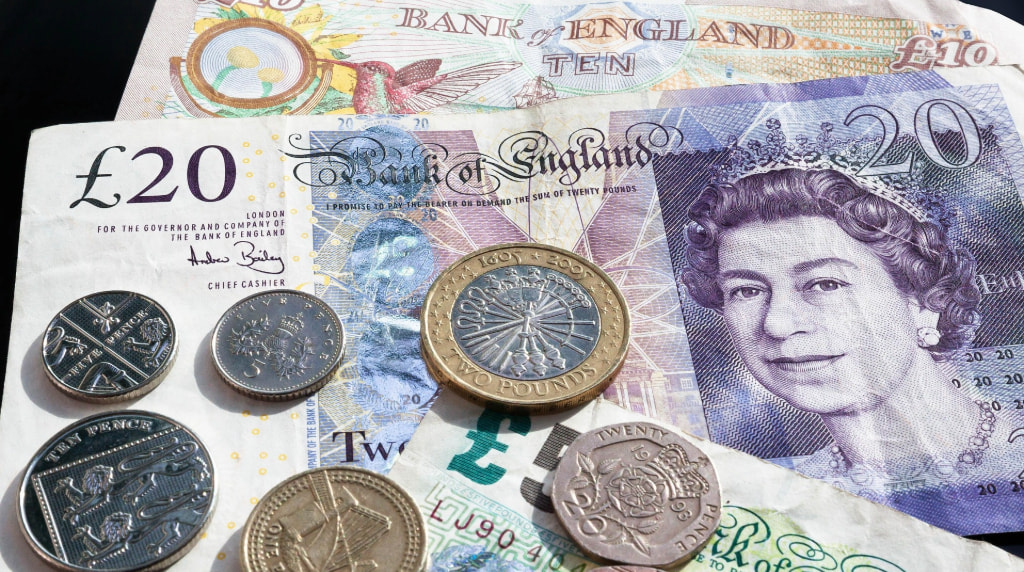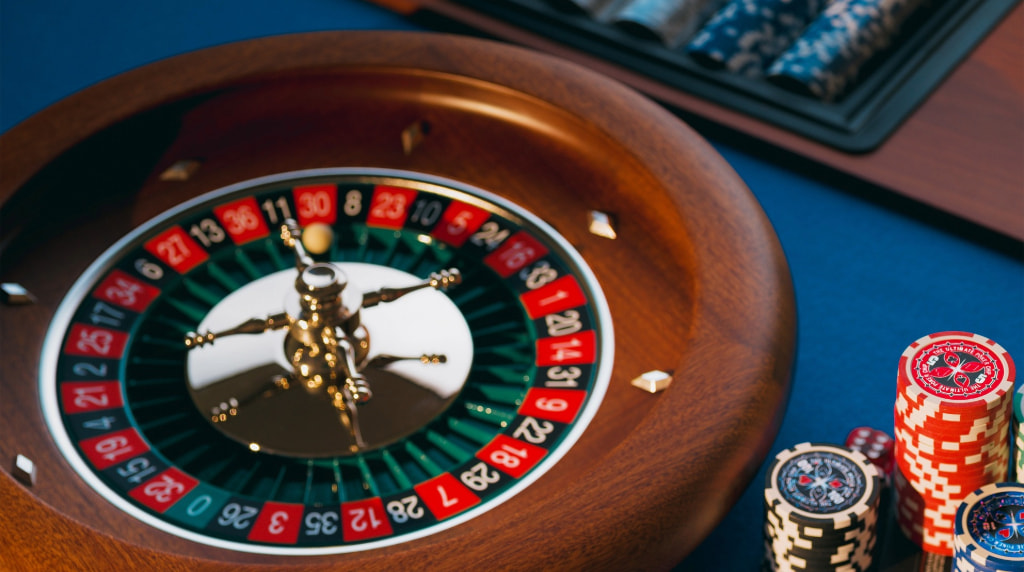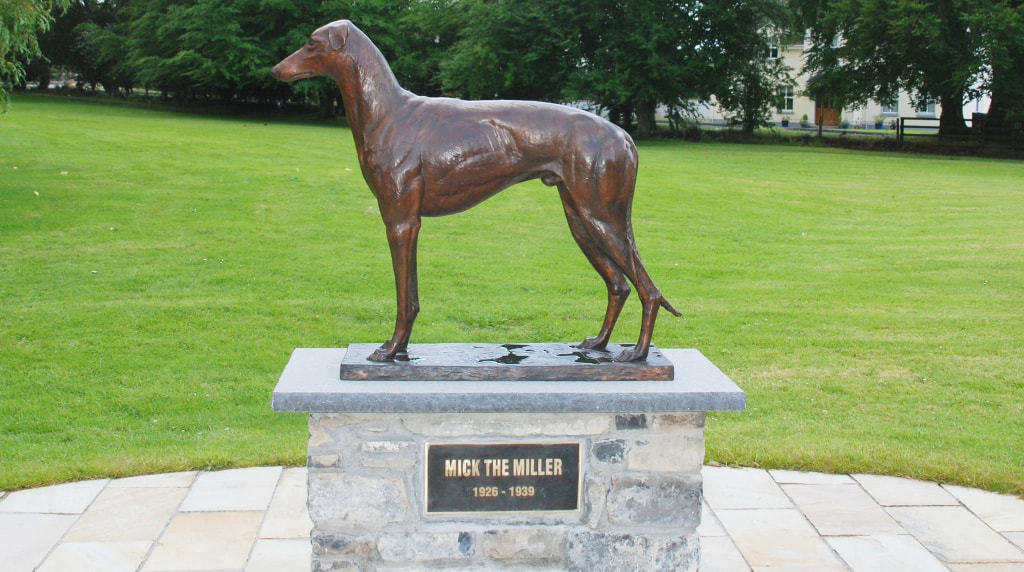How Playboy’s Park Lane Casino Kept an Empire Afloat
The 1966 London Playboy Club launch party drew society’s great and good. By the end of the 1970s, the renowned Mayfair venue generated the profits needed to keep the Playboy brand afloat. But all good things must end, and it crashed in 1981.
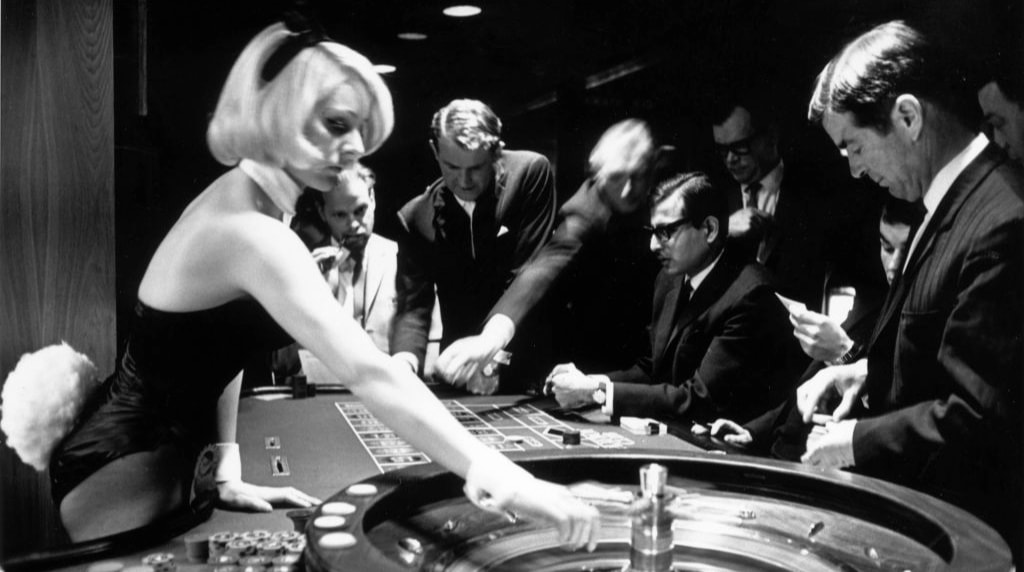
A Bunny Girl croupier spins a roulette wheel in London’s Playboy Club and Casino in December 1967. ©GettyImages
London Playboy Club and Casino: The Making and Breaking of an Empire
Playboy, a great icon of American pop culture, renowned for bunny girls and its dressing gown-clad pipe-smoking frontman, Hugh Hefner, may not be the internationally renowned brand it once was. However, if it were not for the London Playboy Club in Mayfair, it is unlikely the name would have lived to see the 1980s.
History shows that 45 Park Lane, a rented 10-storey building that housed the London Playboy Club, was the epicentre of Playboy’s money-making empire. The source of its riches was the club’s casino. It courted the rich, famous, and obscenely wealthy for 15 years.
This success story began on July 1, 1966, just weeks before England famously beat West Germany in the World Cup final eight miles away at Wembley.
The grand opening of the first Playboy Club outside of the USA attracted celebrities such as Peter Sellers, Rudolf Nureyev, Princess Lee Radziwill (Jacqueline Kennedy’s sister), James Garner, Ursula Andress, Peter Sellers and Woody Allen.
In a 2011 interview, Tina Moore, who, with her husband, West Ham United and England captain Bobby, were the Posh and Becks of the time, described how they were regulars at the London Playboy Club. She also explained how they decamped at the venue after the England captain had won the World Cup final.
A Magnet for the Rich and Famous
London Playboy Club hosted Roman Polanski and Sharon Tate’s wedding reception two years later. British Pathé footage of that event shows Joan Collins grooving on the dance floor at the gathering. This was the ‘swinging sixties’, and anyone who was anyone visited the Mayfair Club at least once.
The London Playboy Club was the fifteenth in Hefner’s portfolio. The first opened in Chicago in 1960. All venues worked with the same principles: an exclusive and luxurious, members-only experience that aligned with the hedonistic and sophisticated image promoted by Playboy Magazine.
Clubs offered fine dining, live entertainment, and a social scene where members could mingle, eat and drink in an upscale environment. The London Playboy Club was only slightly different. It had all the bells and whistles but became the first Playboy venue to feature a casino. It was something that was not possible in the US outside of Nevada.
Playboy Casino – A Vicars Tea Party of Sorts
What would become the most successful in Europe (and one of the most profitable in the world), the casino in London Mayfair’s prestigious Playboy Club owed its existence to the 1960 Betting and Gaming Act. This law, almost a loophole for casinos, was known as the ‘Vicars Charter’ because it had been set up to legalise whist drives at church galas!
The first legal British casino in the 20th century opened in Port Talbot in 1961. It was located above a humble shop. The first luxury casino did not appear until 1962, when Brighton’s Metropole Hotel opened a casino on its floors. Ian Fleming, author of the James Bond books, was among its regular customers.
The early 1960s was a ‘gold rush’ for casinos in the UK. To earn its slice of the pie, the London Playboy Club and its casino did not only rely on the publicity brought about by its celebrity clientele. It also recruited members by direct mail – a relatively new idea in Britain.
Four hundred thousand people were sent membership packs, including peers, senior service officers, and managing directors. Senior churchmen, including the former Archbishop of Canterbury, also received invites.
One, Bishop Cockin, wrote an indignant letter to The Times. However, his objections did nothing but raise the opulent Playboy Club’s profile further. Twenty thousand people responded positively to the solicitation and paid an eight-guinea membership fee to join the Playboy Club in Mayfair.
Foreign Money Kept the Vessel Afloat
In the mid-60s, London was a magnet for the wealthy, and in the following decade, it became awash with ‘foreign oil money’. Reflecting on casino profits, Victor Lownes, who oversaw Playboy Enterprises’ move into casino gambling in the UK and was the country’s highest-paid executive, later said, “The Arabs loved us”.
The New York native also described Iranians as steady customers and “very good losers” – up until the 1979 Iranian Revolution. It was during the mid-1970s when the gaming tables at the London Playboy Club in Mayfair made their most significant profits.
1973: A Playboy Club Bunny Girl training school in London's Playboy Club. pic.twitter.com/RSNhXZ4Kj7
— Sports & Betting History by BestBettingSites (@CDCHistory) December 23, 2018
Despite tightening rules on casinos, by 1975, the casino had grown into the largest in Europe and was generating fortunes. In an amusing Times editorial printed in November 1978, the paper reported that Playboy had displaced Tampax as the foreign-owned company with the highest profit margin in the UK.
Huge Casino Profits Come Before a Fall
Hefner and Lownes opened two more Playboy Clubs with casinos in the UK – one in Portsmouth, one in Manchester. They further swelled profits for the parent company and allowed Playboy to acquire the Clermont Club in London’s Berkeley Square. Its most famous member was Lord Lucan, who had disappeared shortly before.
In 1979, another London casino, the Victoria Sporting Club, was acquired by Playboy, and a string of Playboy-branded betting shops – eventually numbering 80 – also began to appear on British streets. On the global stage, there were now 30-plus traditional Playboy Clubs – albeit none outside the UK featured a casino.
Underpinned by its famous magazine, few people suspected the Playboy empire was being kept afloat by the profits generated from high rollers playing in the VIP Penthouse Casino area, staffed by bunny croupiers, in Playboy’s Park Lane property.
But that was the case, and as a new decade dawned, Playboy – publicly floated in 1971, albeit Hugh Hefner remained a controlling shareholder – was about to collapse like a house of cards.
Ladbrokes and Playboy Casinos Clash
In 1979, Ladbrokes was rocked by scandal with the exposure of illegal marketing schemes at its London casinos. They included the bribery of a police officer to obtain information about high rollers at competing casinos.
More than coincidentally, Lownes had entered into a dispute with Ladbrokes over allegations that its employees had been caught taking down Playboy Club members’ car registration numbers to identify players and poach their business.
Between 1977 and 1980, Scotland Yard raided 12 casinos and shut down seven of them. Ladbrokes was forced to close its four London casinos, which accounted for roughly 40% of the company’s profits.
Playboy’s Casino Wheels Stopped Spinning in 1981
In April 1981, amid further government crackdowns on the gaming industry, the Metropolitan Police lodged written objections with the Gaming Board to the renewals of licenses for the Playboy Clubs. Its action followed February 1981 raids on Playboy establishments as part of a campaign to clean up gambling operations in the capital.
Documents were taken from the clubs during the raids, and a spokesman stated: “As a result of appraising the documents, the police objected to the renewal of the licenses”. The objections were thought to centre on accepting uncleared cheques and company directors gambling at their own tables.
By the summer of 1981, the roulette wheels in Playboy’s UK casinos were no longer spinning and would never spin again. Playboy promptly sacked Victor Lownes, and, unsurprisingly, his recollection and reasoning of the closures differed wildly from Hefner’s.
An $82 Million Turnaround in Playboy Fortunes
“The whole climate changed,” Hefner told GQ Magazine decades later. “The powers that be couldn’t hurt us with the magazine because of the First Amendment in America, but they could hurt us with the casino licences”.
“You have to remember that we were the only non-English club in the country, and that was a problem, too. To Victor’s credit, we were the club that had the best reputation in London. But he got in a pi**ing contest with another club operator and made some enemies. So, my feeling is that he could have saved us if he’d been willing to, but his ego wouldn’t let him”.
Whatever the reason for the closures, they devastated Playboy Enterprises. From $31 million in recorded profits in 1981, the company registered a loss of $51 million the following year. It was hoped a new Playboy Casino in the emerging casino hotspot of Atlantic City would plug the hole.
The venue was profitable during its first summer but did not have a permanent license. Due to concerns about Playboy’s London casino operations, New Jersey’s Casino Control Commission ultimately baulked its application, forcing Playboy to sell its shares in the operation to partner Elsinore.
Closures and a 15-Year Playboy Void
In the ensuing years, sales of Playboy Magazine dwindled, and one by one, Playboy Clubs closed. The showpiece Chicago Playboy Club – once the busiest nightclub in the world – shut its doors in 1986. Dallas, San Diago (1982), Cincinnati, Phoenix, St Petersburg (1983), Miami (1985), Los Angeles and New York (1986) had already seen their bunnies disappear.
The last to hold out was Manila; it shut in 1991. Playboy spent much of the next 15 years in the wilderness. Its business stalled, and so did its share price. There was a brief spike in value fuelled by the Internet frenzy of the late 1990s, but the web did not prove to be the brand’s best friend.
In 2006, a Playboy Club opened on the 52nd floor of the Fantasy Tower at the Palms Casino Resort in Las Vegas. It survived for just over five years, which meant it overlapped with another new Playboy Club that opened above the Sands Macau Hotel in November 2010. This venue did not reach its third birthday.
The Last Hurrah in London
The last attempt to operate a casino under the Playboy banner – not forgetting a traditional Playboy Club (without a casino) opened in Manhattan, New York, in 2018 and closed 14 months later – came in 2011. Amongst much pomp and ceremony, a new London Playboy Club opened just two blocks from its predecessor in Mayfair, which is now a hotel.
Launched with 84-year-old Hefner hosting the opening party, at the time, the 60s icon said: “I’m thrilled to be here for this very special occasion that celebrates the return of the Playboy Club and its iconic bunnies to London. People still remember with great fondness the sophistication and romance that the original London Club offered when it opened in 1966”.
“There is a retro-chic quality about Playboy Club London and its bunnies that will give today’s guests an experience they may have missed the first time around,” said the living legend who did not promote the fact gambling giant Caesars was running the new casino.
Reports suggest the new casino never made a profit under the Playboy banner, and when the Covid-19 pandemic closed its doors, they remained closed long after the world returned to work – and to live gambling.
The venue eventually re-opened in December 2022 under a new name, Metropolitan Mayfair Casino, and was owned by British gaming company Metropolitan Gaming. This company was formerly known as London Clubs International. Ironically, it was founded in Playboy’s Waterloo year, 1981!
